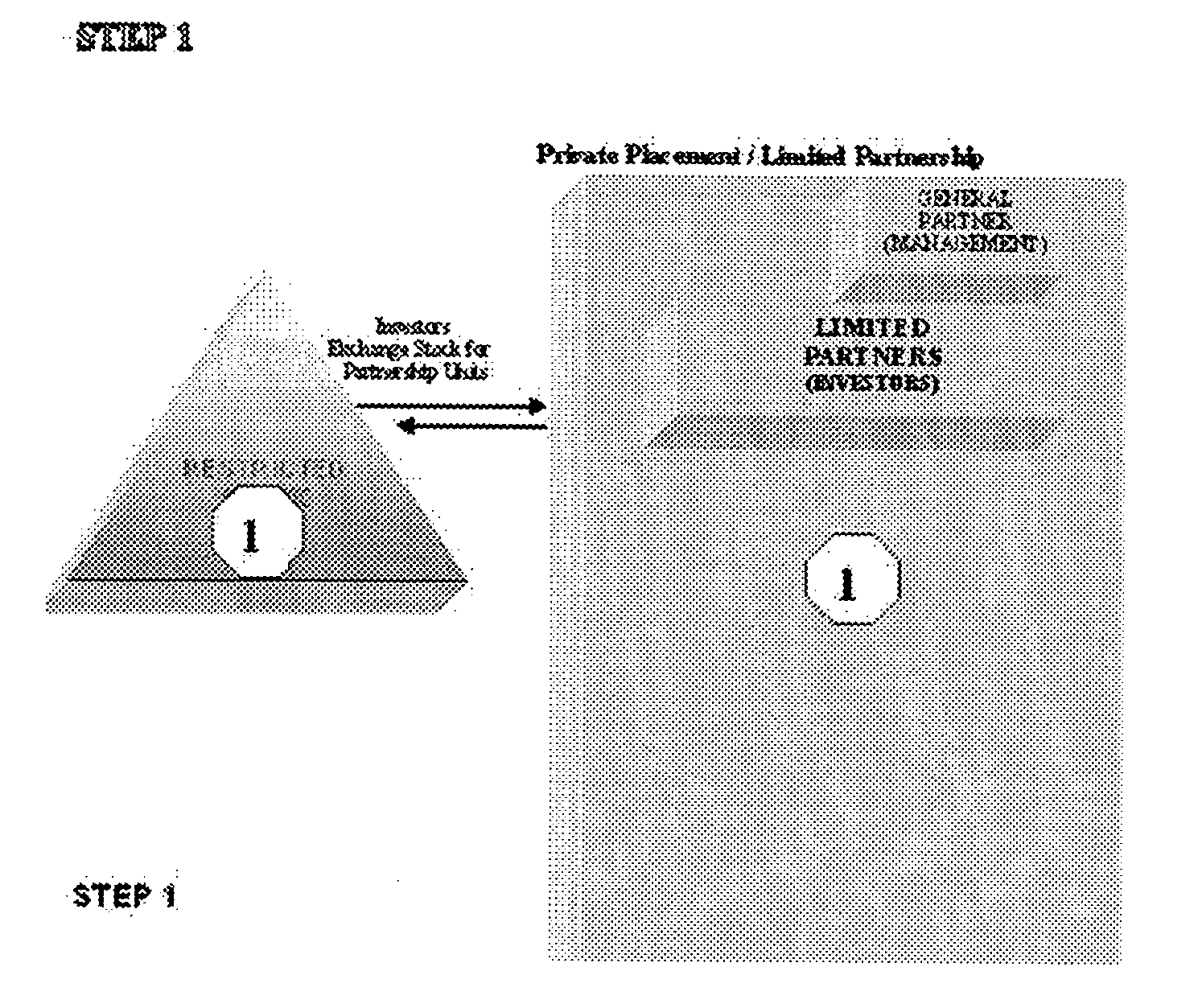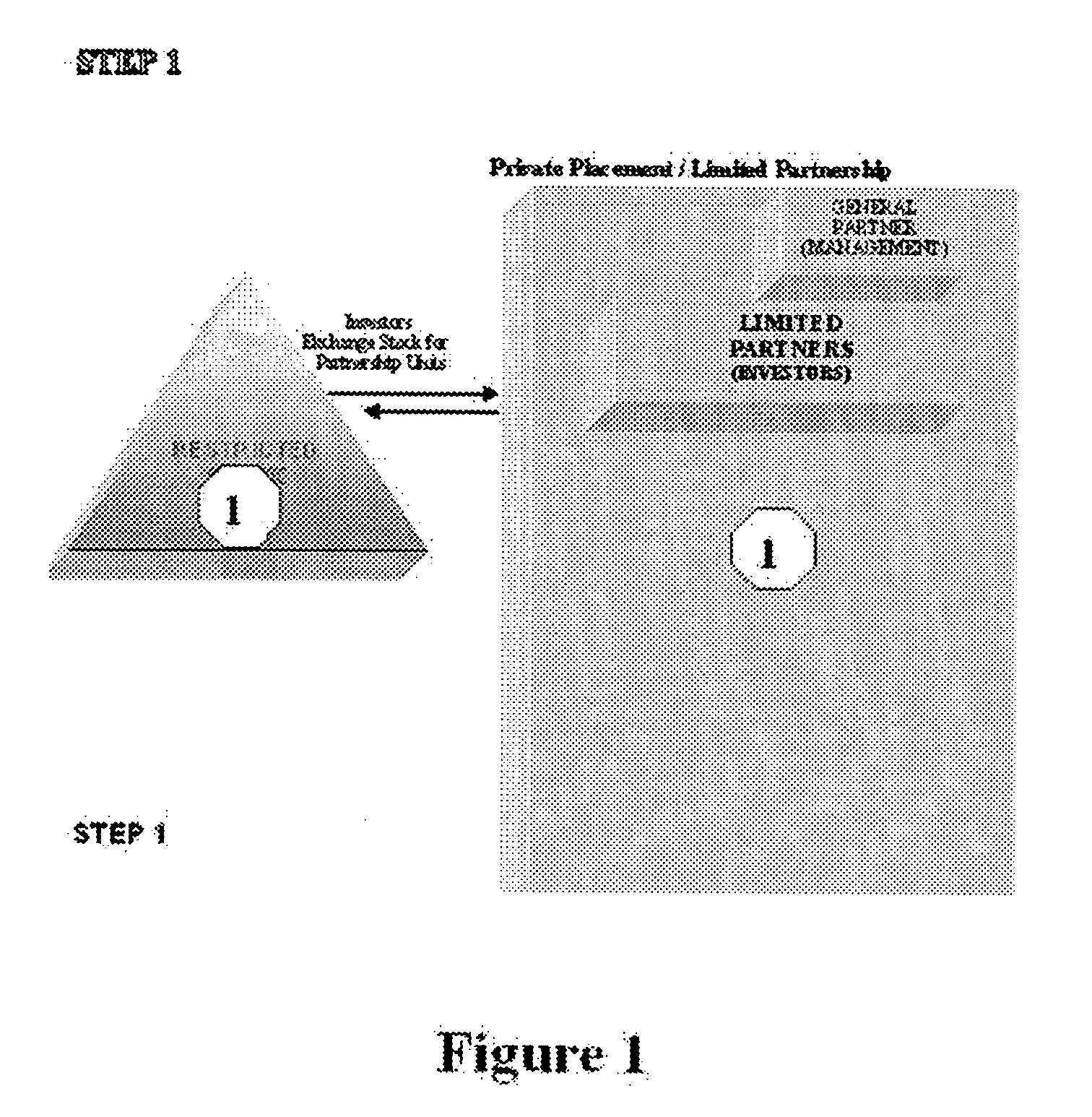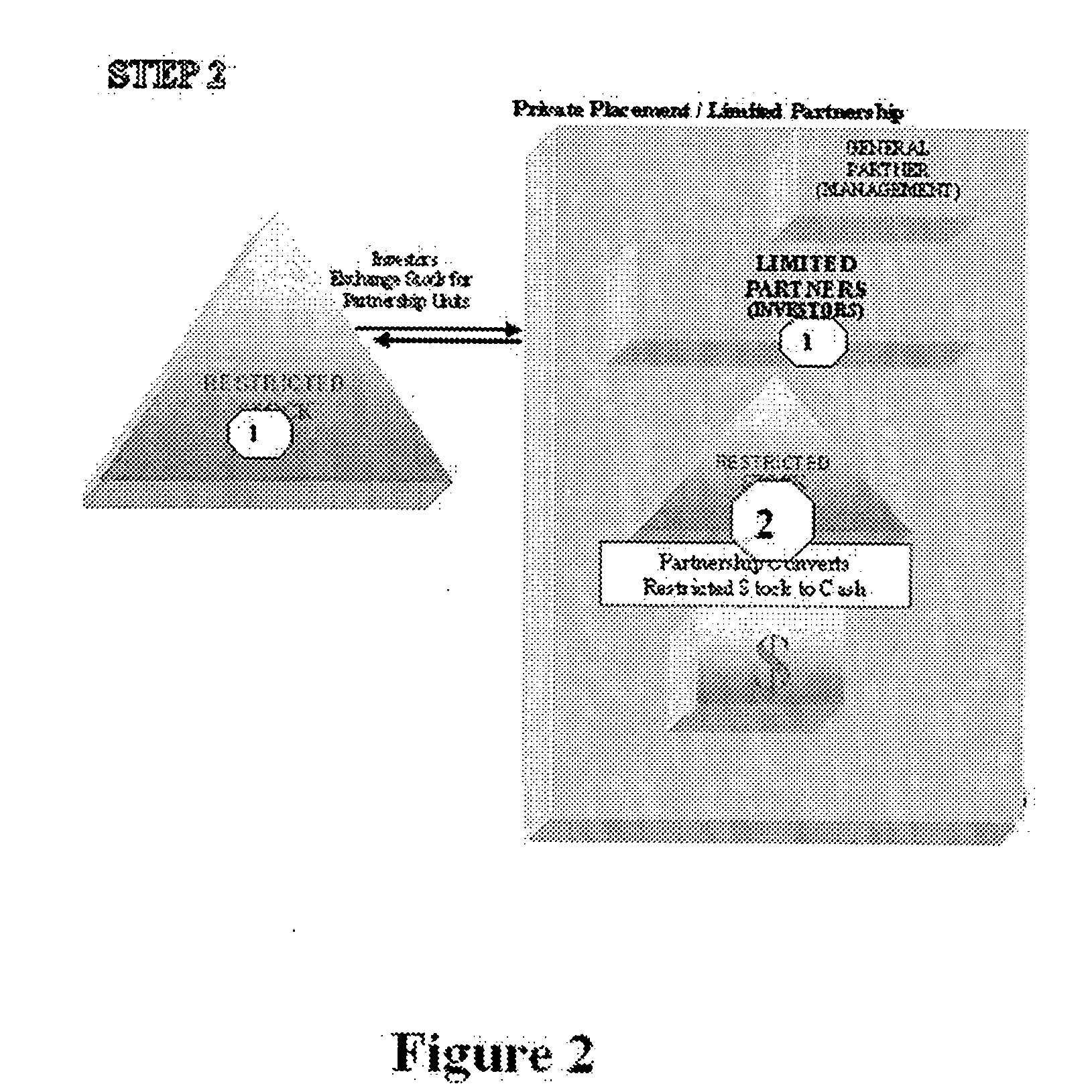In addition to public pressure to conserve, lawmakers have had to face voter wrath because of constant reports in the press concerning the mounting deficits created by years of borrowing and conflicts over which projects deserve state and municipal financial support.
Combined, these events have resulted in a financial crisis for many government organizations.
While forcing fiscal responsibility is beneficial in theory, it has also created a quagmire in application.
The most significant was that private organizations were experiencing difficulty penetrating the bureaucratic
layers of municipal government.
In fact, with the exception of the huge corporate and legal conglomerates who had substantial resources and long standing connections with legislators, many smaller companies with good ideas came to the conclusion that the arduous process of dealing in the public sector was simply too
time consuming and costly to pursue.
Most municipalities have
limited resources, large deficits, and angry taxpayers demanding fiscal responsibility.
It is clear that the root of the problem in municipal finance is a dependence upon taxes.
While legislators have a tremendous amount of creativity in utilizing taxes, there was virtually no understanding of alternative financing methods that did not have a tax component.
The problem occurs when the legislator fails to recognize that an increase in the sin taxes might sometimes ends up altering the spending habits of the so called sinners to a point that revenues actually decrease across the board.
The new lottery not only failed to attract those who normally wouldn't play a lottery, but in fact, drew people away from the states main lottery, a premier source of revenue for the state.
The propensity to assume that the past will project indefinitely into the future creates an unforeseen problem.
Additionally, the process of looking to the past leaves little room for developing new funding alternatives that lack a historical basis required by the municipality in factoring projections.
Today the issuance of debt has become so prevalent that many states and municipalities are faced with the proposition that if tax revenues continued unabated, yet all spending stopped, it would still take years to recover from the debt that has been accumulated.
This problem begins when a project requires funding at a time when there is insufficient money available from the state or municipality's General Fund.
If income fails to meet expectations, difficulties arise.
Even worse, the problem is further compounded when legislators believe that the state or municipality can always raise taxes, reallocate funds, or issue new debt to pay off the old debt.
However, what usually happens is that a state or municipality will factor all the income from taxes and other sources, and determine that it can incur debt, as long as the yearly debt service requirements are no more than the amount of income available.
Like “leveraging” in the stock market, this process does not provide sufficient
latitude to cover new project requirements, or an unplanned reduction in income.
In the public sector, decision lines became clouded.
This inherent inefficiency in locating a knowledgeable decision-maker can prevent good ideas from being presented to the right people.
Unless the organization approaching the state or municipality has pre-existing connections, or an enormous amount of time and money to spend locating the right decision-maker(s), the process of dealing with a government entity can be too costly to attempt.
Generally, legislators tend to spend their time dealing with the political aspects of government and are usually not in a position to study or learn the complexities of finance.
While a seemingly logical solution, problems still arise, especially when
Task Force members have been appointed based upon political aspects, i.e., individuals who have influence in the
community, rather than financial expertise.
In such cases, legislators fail to recognize that lawyers, accountants, doctors, successful business owners, or wealthy individuals, while possessing expertise in their individual fields, may not have any real financial experience in solving government problems.
Most simply go off the recommendation of other legislators or previous advisors thereby perpetuating the flawed process.
In addition to appointing non-experts to a
Task Force, there are also problems associated with relying on outside experts for advice, i.e., investment bankers, brokers, and municipal specialists.
This is especially true when the “experts” make such a clear distinction between public and private funding concepts that they fail to see how private formulas can be altered to fit public financing needs.
While having specialized departments is beneficial in theory, it has led to a fragmentation of expertise.
The problems of fragmentation described above are further magnified when legislators possess the attitude that all municipal funding concepts have already been developed, and further, any exploration outside of what has been previously accomplished is either dangerous or not worth pursuing.
It is surprising how often statements were made by so called municipal experts such as “I've never heard of that approach”, or “We would have to see someone else use the approach before we would consider it.” Even when a particular approach had proven itself as viable in the private sector, many legislators still said, “Yes, but it has never been used in municipal financing.” Because of this stagnant attitude new concepts are seldom brought to the table, and those that are, run the risk of “dying on the
vine.”
There is another even more insidious problem related to getting legislators to consider new funding ideas.
One of the biggest hurdles private companies must overcome when dealing with public entities is the fact that every few years elections cause changes.
This leads to a myriad of problems.
All this increases costs and uses up time.
The drawbacks to this type of funding are:
In the case of a Revenue Bond, steady cash flow from the project cannot always be exactly determined up front or guaranteed.
This might require a new round of financing, or an increase in taxes, either of which could be difficult to secure.
At the very least, the investor's money could be put at risk, a point that makes most Revenue bonds less attractive than General Obligation bonds.
If the project does not have an income, or the income is insufficient to pay off the bond, the burden will ultimately fall on the taxpayers.
As such, if a particular municipality is less attractive than another, it may have difficulty raising funds.
The only solutions may be to either: (a) raise the amount of interest that is paid to investors in order to make the bond more attractive, which is detrimental to the municipality that needs the funds, or (b) over-collateralize the bonds, which may reduce the ability to borrow funds in the future, or lower the overall credit rating of the municipality.
During periods of low interest rates there is a real risk that interest rates could rise thereby causing the bond to depreciate in value.
The investor may then be faced with either selling the bond at a loss, or having to hold the bond to maturity while receiving less income than others receive.
This possibility can make municipal bonds less attractive to investors.
Further, as debt, they add to the strain put on government while creating performance requirements that many projects or municipalities cannot satisfy.
Should the repayment of principal or interest be less than successful, the
impact on future offerings can be severe, or the issuing municipality may jeopardize its credit rating.
Also, in smaller municipalities where ratings may not be as strong, the issuance of Municipal bonds may not be available as a viable funding alternative.
The main problems occur when current projects are too massive in size, too numerous, or where present income sources in the municipality are insufficient to meet the funding requirements.
Eventually, the requirements become so large that the only solutions are to raise taxes, lower services, or reduce the number of projects, all of which negatively affect the residents of the municipality.
This increases the possibility of lawsuits or bad publicity, and at the very least, increases legal, public relations, and accounting expenses.
This depletes general fund reserves, and may require tax increases.
At a time of voter resistance to such increases, approval may be difficult.
If the public does not support the project by paying taxes, or the project itself is less than profitable, the total project could be delayed, or require additional financial support.
In addition, the owner may impose other conditions, ultimately at the expense of the taxpayer.
 Login to View More
Login to View More  Login to View More
Login to View More 


